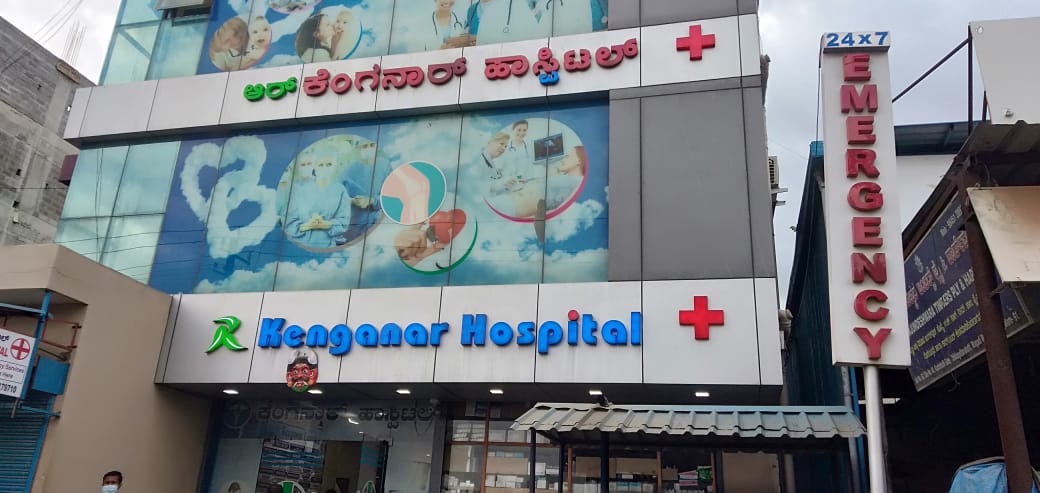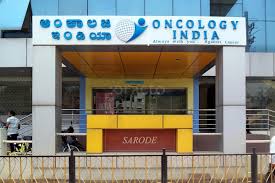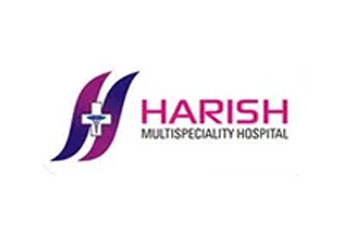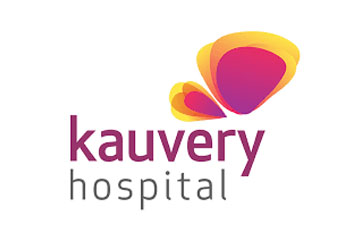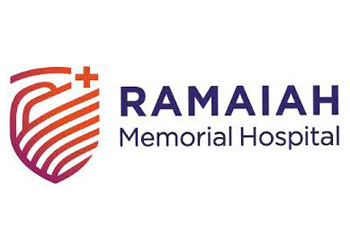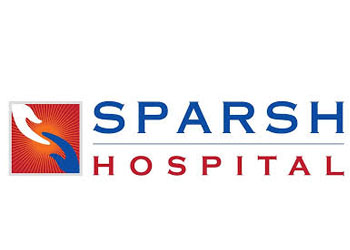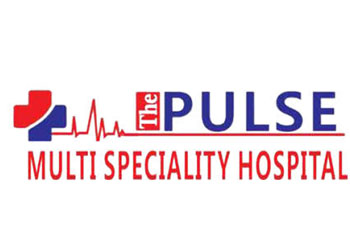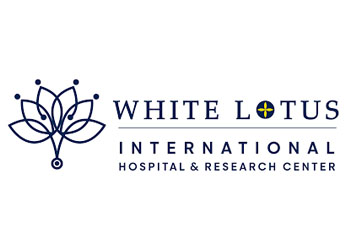Expert-Led Cancer Care That’s Personal, Precise, and Empowering

Bone marrow transplant (BMT) is a treatment that replaces damaged or destroyed bone marrow with healthy stem cells. It is widely used to treat cancers, including leukaemia, lymphoma, multiple myeloma and some blood disorders. There are two primary types of BMT. The first, autologous, removes the patient’s own stem cells and reinstates them after high-dose chemotherapy. Next is allogeneic, in which stem cells come from a compatible donor. The process starts with conditioning treatment (chemotherapy and/or radiation) to destroy the diseased marrow, and infusing stem cells back into the bloodstream, basically like a blood transfusion. The right candidates are patients whose tumours failed to respond to conventional treatments or who are at high risk of relapse. Careful assessment is necessary to undertake the right pairing for donor compatibility in allogeneic transplantation. BMT can provide an opportunity for remission or cure by enabling the body to produce healthy blood cells and restoring the immune system. It is intensive recovery, which can last weeks to months, but it affords those with aggressive or relapsing cancer a second chance. Continued follow-up care is important to look for recurrences and to support immune reconstitution.

HIPEC is an advanced form of treatment that combines surgery and chemotherapy for cancers that have spread to the lining of the abdominal cavity, including peritoneal carcinomatosis from colorectal, ovarian, gastric or appendiceal cancers. It is the direct application of heated chemotherapy into the abdominal cavity after surgery in order to remove the tumour. The process begins with cytoreductive surgery, which involves the removal of visible tumours. This is followed by intracavitary hyperthermic chemotherapy using a heated solution of chemotherapy drug(s) for 60–90 minutes. Ideal candidates are patients with abdominal cancers confined to the peritoneum but not spread to distant organs. Careful pre-surgical imaging and staging help determine eligibility. HIPEC allows high-dose chemotherapy to be delivered directly to cancer cells while minimising exposure to the rest of the body. It significantly improves survival and reduces recurrence in select patients. Postoperative recovery includes ICU monitoring and rehabilitation, with most patients discharged within 10–14 days. This treatment offers new hope to patients for whom traditional therapies were once considered the limit, providing both extended survival and better quality of life.

Robotic tumour resection is an advanced surgical method used to remove cancerous tumours through small incisions with the aid of robotic arms, offering unmatched precision and control. Commonly used for prostate, kidney, gynaecological, colorectal, and head & neck cancers, it ensures targeted removal with minimal damage to surrounding tissues. During the procedure, the surgeon operates from a console, controlling robotic instruments with enhanced 3D visualisation. The robotic arms provide better dexterity than human hands, allowing surgeons to work in delicate or hard-to-reach areas with accuracy. Ideal for early-stage or localised tumours, robotic surgery suits patients looking for a less invasive option that reduces hospital stay and speeds up recovery. Benefits include smaller incisions, minimal scarring, lower risk of infection, and faster return to normal activities. Patients typically experience less postoperative pain and a quicker recovery compared to traditional open surgeries. Robotic resection makes complex cancer surgeries safer and more precise, leading to better outcomes and improved post-operative quality of life.

Surgery for liver and pancreatic cancers is a cornerstone of treatment, especially in early-stage or localised disease. These cancers are challenging due to their location and aggressive nature, requiring highly skilled surgical intervention. Liver cancer surgeries may include hepatectomy (removal of part of the liver) or liver lobectomy. Pancreatic cancer surgeries, such as the Whipple procedure, involve the removal of the head of the pancreas, part of the small intestine, gallbladder, and bile duct. These procedures are performed under general anaesthesia and require detailed preoperative planning with imaging like CT scans, MRIs, and endoscopic ultrasounds. Minimally invasive and robotic options are increasingly used where feasible. Ideal candidates are those with localised tumours, good liver function, and no distant metastases. Successful surgical removal can offer curative outcomes or significantly extend survival. Recovery may involve ICU monitoring, pain management, and gradual dietary reintroduction. While complex, these surgeries provide the best chance of long-term control and, in some cases, cure, making early detection and timely surgical referral crucial.
Hospital
Kenganar Multispeciality Hospital
Oncology & Cancer
#3,28/03 ,Chikkagollarahatti, Kochahalli Gate,Magadi Main Road.
- Bangalore, Karnataka
-
Timings:
24/7 Service
Oncology International India
Oncology & Cancer
741, Outer Ring Rd, KR Layout, JP Nagar Phase 6, J. P. Nagar, Bengaluru, Karnataka 560078
- Bangalore, Karnataka
-
Timings:
24/7 Service





